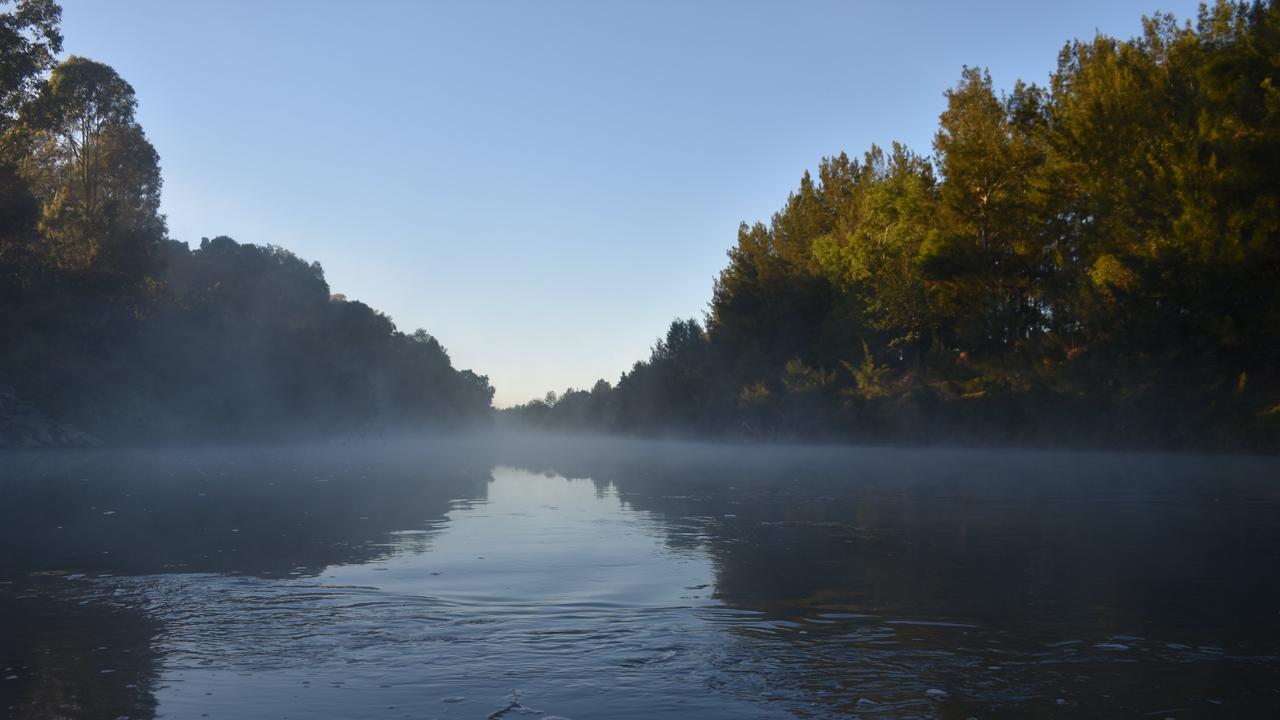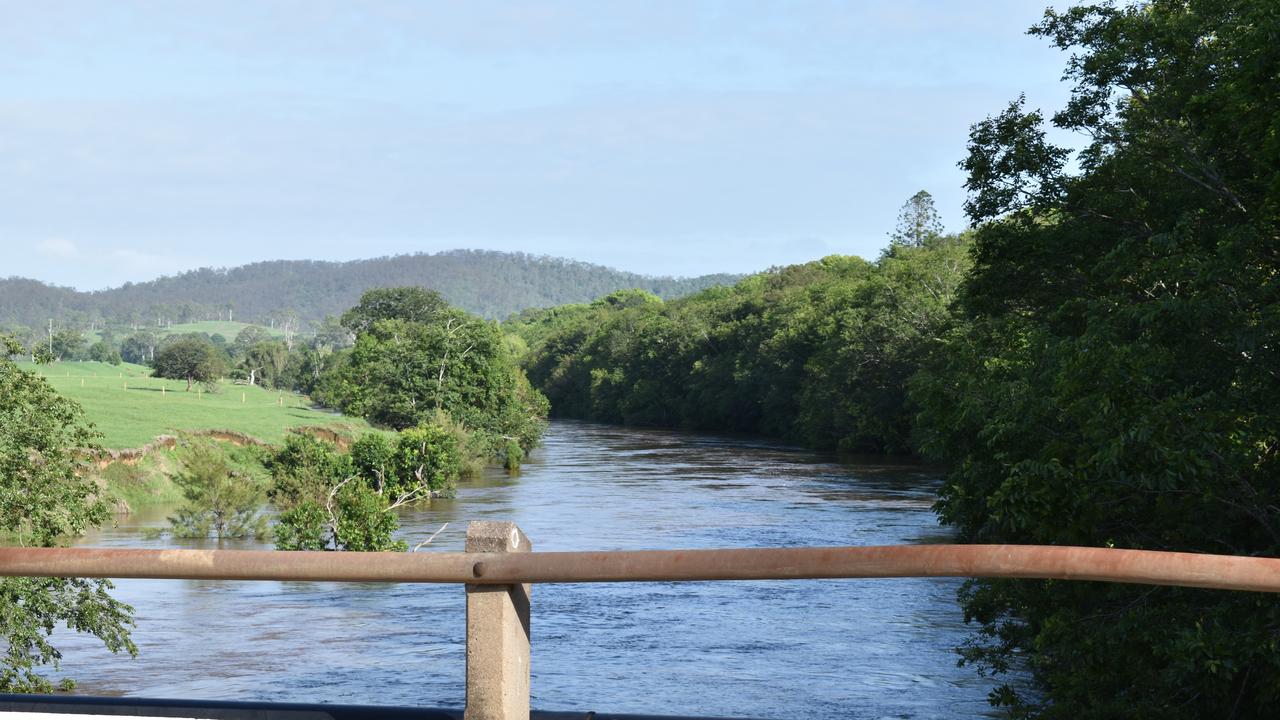E. coli alert in the Mary River in Gympie and Mary Valley
Farmers and campers are in the spotlight after high levels of E. coli were detected in the Mary River at Gympie and in the Mary Valley.
Gympie
Don't miss out on the headlines from Gympie. Followed categories will be added to My News.
High levels of the E. coli have been detected in the Mary River, prompting warnings from the Mary River Catchment Co-ordinating Committee for swimmers to not put their heads underwater, and to not go in the water if they have any cuts on their body.
High levels of the bacteria were detected near Kenilworth’s popular camping area at Moy Pocket and downstream of the Gympie weir at Kidd Bridge.
Escherichia coli is a bacterium commonly found in the gut of humans and warm-blooded animals. It indicates faecal material in the water and the possible presence of disease-causing bacteria, viruses and protozoans.
The Mary River Catchment Coordinating Committee‘s recent testing found E. coli levels at Moy Pocket exceeded guidelines for the fifth year in the row and were five times higher than recommended levels.
“This year we did find some nasty results,” MRCCC Waterwatch coordinator Jess Dean told the ABC.
“It‘s quite concerning but it helps us identify areas where we need to work a lot more with landholders.”
The Mary River Catchment is one of the most diverse catchments in Queensland. It covers 9595 km2 from Maleny to Fraser Island and contains a population of over 200,000 people.

Just who was responsible for “managing” the Mary River has proven to be a hot potato, with Gympie Regional Council, the Department of Environment and Science and the Department of Natural Resources all denying it was their jurisdiction.
Seqwater said it was responsible for recreational areas such as Borumba Dam, but that the water quality in the river was the local council’s authority.
“Seqwater does not manage or promote recreation on land around Gympie weir or on-water,” an Seqwater spokeswoman said.
“At sites that Seqwater manages and promotes recreation, such as Lake Borumba, Seqwater undertakes an extensive water quality monitoring program and takes a proactive and conservative approach to safety at our recreation areas.”
Ms Dean told the ABC the E. Coli was caused by a combination of cattle accessing the river and campers not disposing of their waste properly. She warned people against putting their head under water, especially after rain, and said it could also enter your body through cuts on your legs.

The Mary River Catchment Coordinating Committee’s Kath Nash facilitated a partnership with Seqwater and Subtropical Dairy which culminated in an Effluent Management on Dairies Information Exchange on July 21, 2021, at the Kandanga Country Club.
The presenters on the day included Scott McDonald from Agriculture Victoria, who is one of the nation’s experts in Dairy Effluent System Design; Tim Odgers, Senior Planner from Seqwater, Ross Warren, Senior Extension Officer from the Queensland Department of Agriculture and Fisheries and Kath Nash, Catchment Coordinator from the MRCCC.
The workshop was well received by dairy farmers in the region and MRCCC industry partners with more than 30 people attending.
More Coverage
Originally published as E. coli alert in the Mary River in Gympie and Mary Valley









